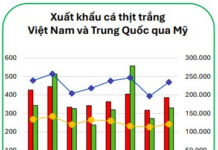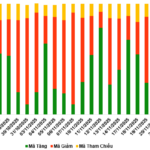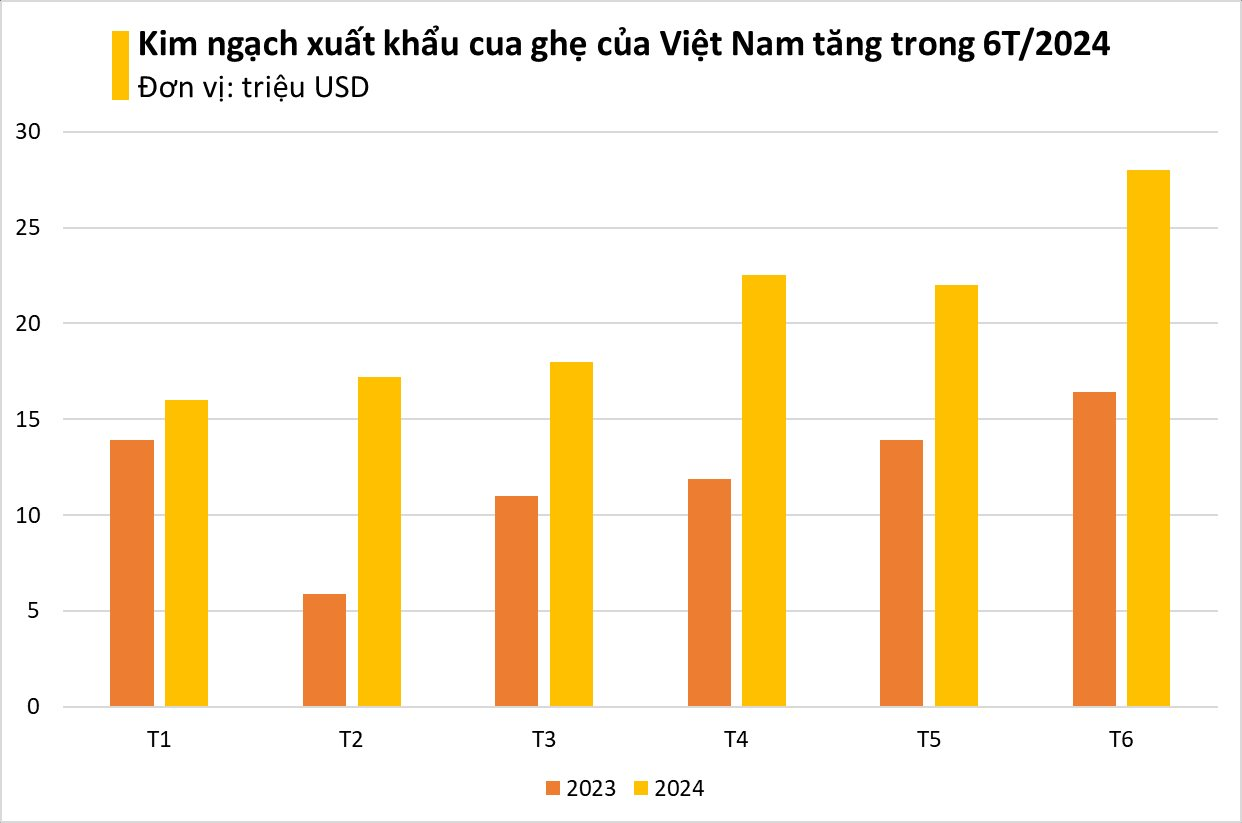According to preliminary statistics from the Customs Department, Vietnam imported approximately 16,300 completely built-up (CBU) cars in October, a decrease of nearly 1,000 units compared to the previous month. Despite the drop in volume, the import value increased to over $430 million, up by around $28 million, indicating a growing preference for higher-priced vehicles.
The most notable segment remains passenger cars with fewer than nine seats, accounting for over 70% of total imports with around 11,500 units. However, this segment also saw a decline of more than 1,100 units compared to September.
In terms of origin, Indonesia maintained its leading position but experienced a significant drop of approximately 30.4%. Imports from Japan and Germany also saw sharp declines, falling by 46% and 71% respectively, reflecting a reduction in high-end car imports during October.

Imports of cars from China saw a significant increase in October.
Conversely, car imports from Thailand rose by nearly 30%, regaining a competitive position in the affordable car segment. Notably, imports from China surged by almost 40%, highlighting a rapid market penetration.
Additionally, truck imports in October reached approximately 2,400 units, marking a 6% increase in volume and a nearly 24% rise in value. This trend signals a rebound in transportation and logistics activities, as well as increased investment by businesses. Trucks from China saw a substantial increase, dominating this segment.
The “other vehicle types” category recorded around 2,400 units, valued at $119 million. While the volume remained stable, the value increased by nearly 19%, primarily driven by specialized vehicles, mostly originating from China.
Over the first ten months, Vietnam imported over 171,000 CBU cars, a 20% increase compared to the same period last year. Notably, truck imports surged by nearly 80%, becoming a market highlight. The total import value for CBU cars reached approximately $3.8 billion, up by 31%, indicating a market shift toward higher-priced vehicles and stronger business demand.
Chinese Car Imports to Vietnam Surge Significantly
The Vietnamese automotive market has witnessed a notable shift in the first nine months of this year, marked by a significant surge in import trends. Particularly striking is the unexpected rise of Chinese-origin vehicles in the truck and specialized vehicle segments.
Poorest province in Central Vietnam ranks top 3 in highest car purchases, surpassing Quang Ninh and Binh Duong…
Despite being one of the provinces with a high poverty rate, Nghệ An stands out as one of the regions that purchases the most cars in recent years, including 2021, 2022, and 2023.









































